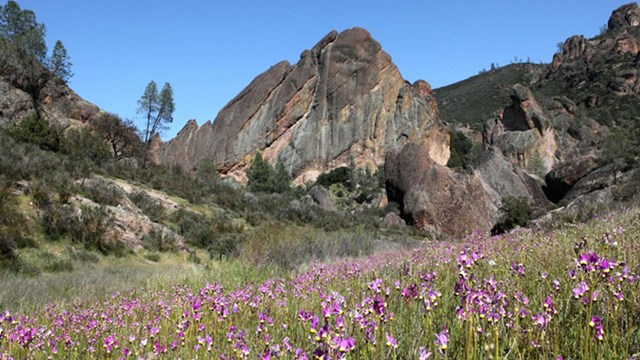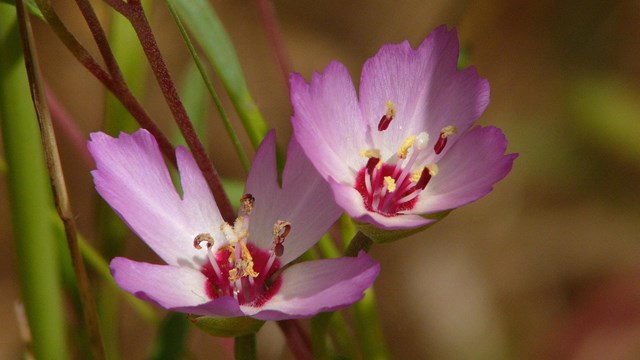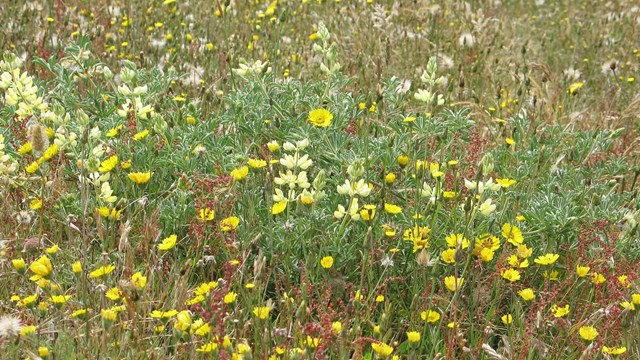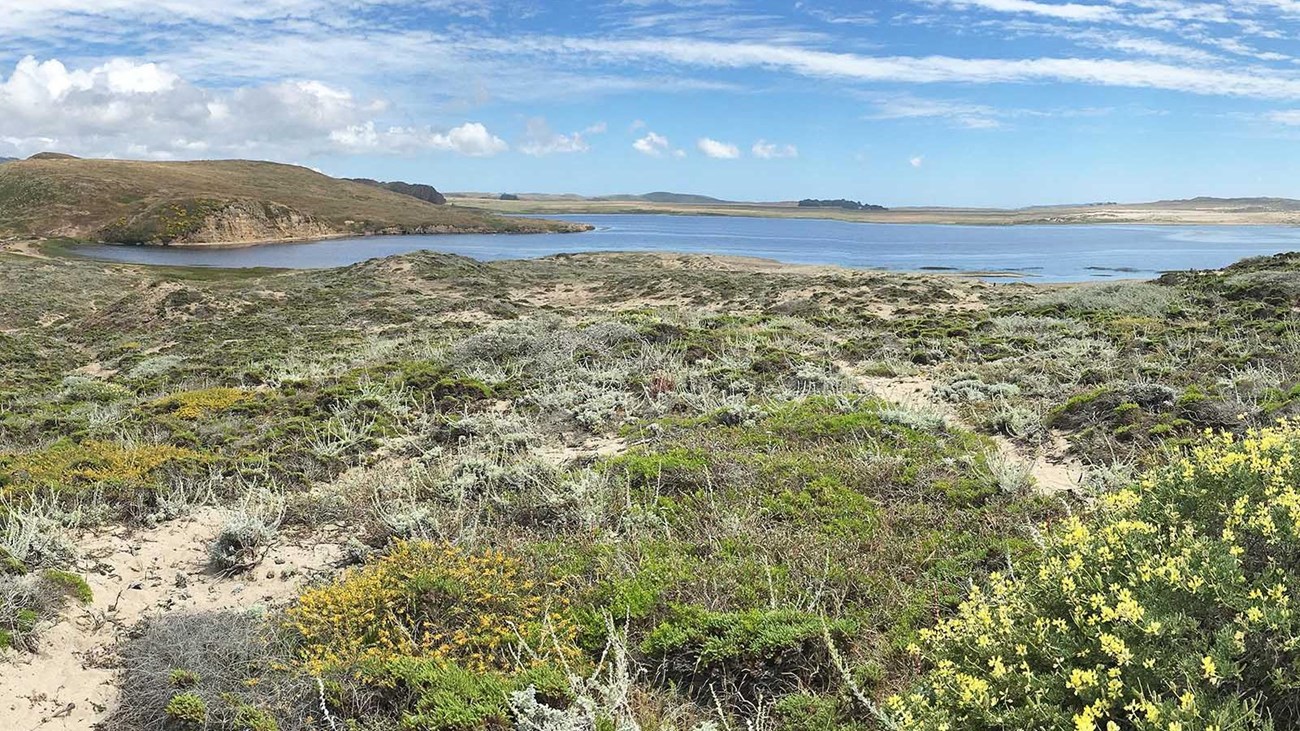Without plants there would be very little other life. Through photosynthesis, plants convert energy from the sun into carbohydrates, or fuel, creating oxygen as a byproduct. The leaves, stems, and limbs of plants also provide food, shelter, and shade. Their decay returns vital nutrients to the earth, where they are available to decomposers and other plants. Their roots hold soil in place and help prevent erosion.
San Francisco Bay Area parks are within the California Floristic Province—one of only five regions in the world with a Mediterranean climate and where biological diversity is exceptionally high. The broad spectrum of aquatic and terrestrial environments in these parks is home to a breathtaking diversity of plants, including numerous rare, threatened, and endangered species. These plants do not exist in isolation, but rather as part of plant communities such as forests, grasslands, chaparral, coastal scrub, marshes, and coastal dunes. The kind of plant community in a given area depends on soil type, geology, fire, water availability, grazing, human use and development, and invasion by non-native plants.

Browse articles and information summaries about plant communities in the San Francisco Bay Area.

Get the latest on plant communities from the Bay Area Nature & Science Blog.

Explore more research, reports, and resources on plant communities.
Long-term Monitoring
Vegetation management in the parks largely focuses on monitoring and mapping these plant communities with a special focus on rare plants and controlling invasive species. While several National Park Service projects have included limited forms of vegetation sampling for some time, a recently updated protocol has guided comprehensive, long-term plant community monitoring since 2015.

Dig in to monitoring protocols, reports, and more on the San Francisco Bay Area Network's Plant Community Monitoring page.
Last updated: December 20, 2018
